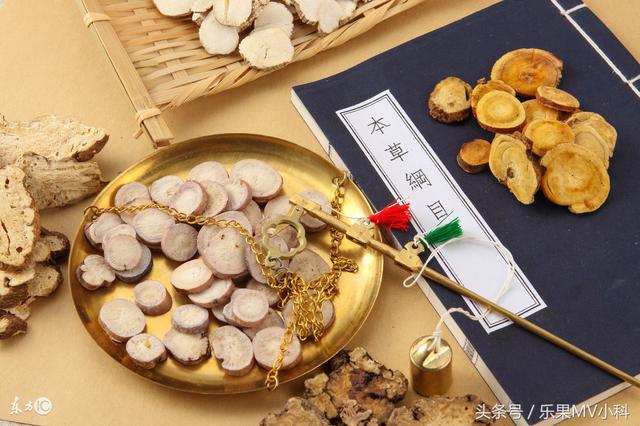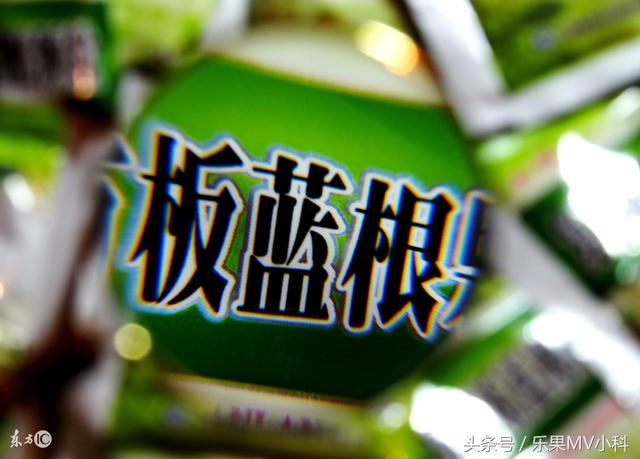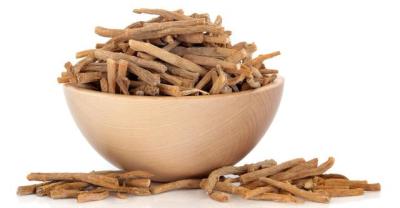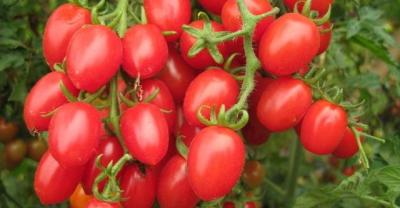What kind of medicinal herbs are contracted to grow in 2018 to make money? What varieties of raw medicinal materials are recommended to be planted?
1 Achyranthes bidentata

Like mild climate, not resistant to cold, low temperature and slow growth, but grow faster in the north where the temperature difference is large. Achyranthes bidentata is suitable for cultivation in the sandy loam with dry sun, deep soil layer and good drainage, so that the root grows long and the yield is high. When planted in clayey soil, the main root is short and the lateral root is more, which affects the quality. Achyranthes bidentata is an herb of the genus Achyranthes bidentata, 70 cm high and 120 cm high, with cylindrical roots, 5 mm in diameter and yellowish brown. Stems angular or square, green or purplish, white Adnate or spreading pilose, or subglabrous, branches opposite. Leaf blade elliptic or elliptic-lanceolate, a few oblanceolate, base cuneate or broadly cuneate, Adnate or spreading pilose on both surfaces. Staminodes apically flat-rounded, slightly notched serrulate. Utricle moment round, yellowish brown, smooth. Seed moment orbicular, yellowish brown. The flowering period is from July to September and the fruiting period is from September to October. Root into medicine, raw use, promoting blood circulation and dredging menstruation.
2 licorice

It is the dry root and rhizome of leguminous plant Glycyrrhiza uralensis, Glycyrrhiza uralensis or Glycyrrhiza uralensis, distributed in Northeast, North China, Shaanxi, Gansu, Qinghai, Xinjiang, Shandong and other places. Licorice has the characteristics of light, drought, heat, salt and cold tolerance. Especially in Inner Mongolia and Xinjiang. Licorice has the effects of tonifying spleen and qi, clearing heat and detoxification, expelling phlegm and relieving cough, relieving pain and relieving pain, and reconciling various medicines. it is often used for weakness of spleen and stomach, fatigue, palpitation, shortness of breath, cough and phlegm, epigastric abdomen, limb contracture, carbuncle, relieving drug toxicity and potency. It is the dry root and rhizome of Glycyrrhiza uralensis, Glycyrrhiza uralensis, Glycyrrhiza uralensis and Glycyrrhiza uralensis, distributed in Northeast, North China, Shaanxi, Gansu, Qinghai, Xinjiang, Shandong and other places. it has the effects of tonifying spleen and replenishing qi, clearing heat and detoxification, expectorant and relieving cough, relieving pain and relieving pain. It is often used for weakness of spleen and stomach, fatigue, palpitation, shortness of breath, cough and sputum, epigastric abdomen, limb contracture, carbuncle, sore and poison, relieving drug toxicity and potency.
3 Radix Isatidis

It is a common traditional Chinese medicine and is the dried root of Isatis indigotica, a cruciferous plant. Radix Isatidis is not strict on soil, generally sandy soil or slightly alkaline soil can be planted, PH6.5~8 soil can adapt. Radix Isatidis is a fertilizer-tolerant and fertilizer-loving herbaceous plant. Fertile and deep soil is a necessary condition for the growth and development of Radix Isatidis. Low-lying land, easy to stagnant water, heavy sticky land, not suitable for planting. Radix Isatidis is divided into Radix Isatidis and Radix Isatidis. Radix Isatidis is derived from the root of cruciferous plant Isatis indigotica, and Radix Isatidis is the rhizome and root of Isatidae. It has the effect of clearing away heat and detoxification, preventing cold and promoting pharynx. It is mainly used in the treatment of warm toxin hair spot, purple tongue, rotten throat Dansha and other diseases.
4 Schizonepeta tenuifolia

It is one of the commonly used Chinese herbal medicines and has broad market prospects. It is a good project for farmers to get rich with less investment and quick results. Also known as Cardamine, Cardamine, Artemisia annua, Artemisia annua, etc., Labiatae Bauhinia plants. Stem strong, base Lignified, much branched, 40-150 cm high, base subquadrangular, distally obtusely quadrangular, shallowly sulcate, white pubescent. Used in medicine to dry stems, leaves and spikes of flowers. Fresh tender buds have the best calmness for children, with yellow-green leaves, square stems with purple, yellow-white cross-section and slightly black-purple-yellow-green ears. Flat taste, warm nature, non-toxic, strong fragrance. Schizonepeta tenuifolia is a sweating and antipyretic medicine, which is one of the commonly used herbs in China. It can relieve phlegm, dispel wind, cool blood, cure influenza, headache, cold, fever, sweating and vomiting.
5 Chrysanthemum

It can blossom early in a short day. Like cool, cold-resistant, suitable for growth temperature 18-21 ℃, underground rhizome drought tolerance, the most avoid waterlogging, like high terrain, deep soil layer, rich in humus, loose and fertile soil, good drainage soil. It can grow in slightly acidic to slightly alkaline soil. It is the dry flower head of Compositae, mainly produced in Zhejiang, Anhui, Henan and other places. From September to November, when the flowers are in full bloom, they are harvested in batches, dried in the shade or baked, or dried in the sun after fumigation and steaming. According to the origin and processing methods, the medicinal materials are divided into "Boju", "Chuju", "Gongju", "Hangzhou Chrysanthemum" and so on. Because of the different colors of flowers, there are yellow chrysanthemum and white chrysanthemum.
- Prev

This vegetable is worth growing and can be eaten in 10 days. The planting method is simple and easy to learn.
Pea seedling is a very nutritious vegetable, this kind of leafy vegetable can grow well in less than 14 days, its nutritional value is even higher than that of more mature bean seedlings, and everyone.
- Next

Will you choose grass for next year's rural planting? Do you make money growing ryegrass? What's the outlook?
Ryegrass is an important forage in the south. Compared with some other forages, ryegrass is more suitable for the warm and humid climate in the south. With the breeding industry in the south...
Related
- Fuxing push coffee new agricultural production and marketing class: lack of small-scale processing plants
- Jujube rice field leisure farm deep ploughing Yilan for five years to create a space for organic food and play
- Nongyu Farm-A trial of organic papaya for brave women with advanced technology
- Four points for attention in the prevention and control of diseases and insect pests of edible fungi
- How to add nutrient solution to Edible Fungi
- Is there any good way to control edible fungus mites?
- Open Inoculation Technology of Edible Fungi
- Is there any clever way to use fertilizer for edible fungus in winter?
- What agents are used to kill the pathogens of edible fungi in the mushroom shed?
- Rapid drying of Edible Fungi

